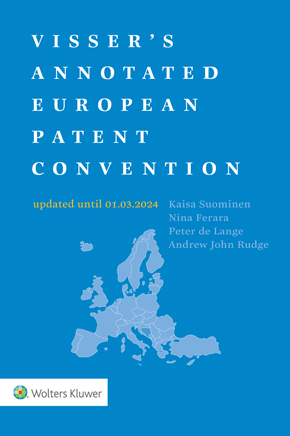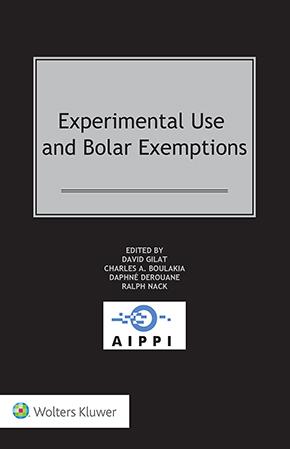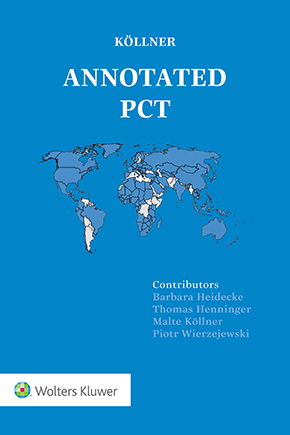Lundbeck v. Generics, Court of Appeal Civil Division (House of Lords of England and Wales), 25 February 2009
February 25, 2009
The patent in suit contains claims for the (+)enantiomer of citalopram and a method for its resolution from the racemate (the diol method). The Defendants appealed a decision of the Court of Appeal arguing that the patent was insufficient because it effectively claimed the (+)enantiomer made by any method whereas the specification only disclosed two ways of making it. Resolution of the (+)enantiomer was a known desirable goal at the priority date of the patent. The Defendants submitted that the only technical contribution was the method of resolution taught (the diol method) and therefore only that process, and not the (+)enantiomer itself, can be claimed. The House of Lords ruled that the product claims protecting the (+)enantiomer were valid. The Law Lords agreed with the Court of Appeal's ruling that the (+)enantiomer could be protected by product claims even though the only inventive aspect of the patent was the process of making it.
The full summary of this case has been posted on Kluwer IP Law.
You may also like














